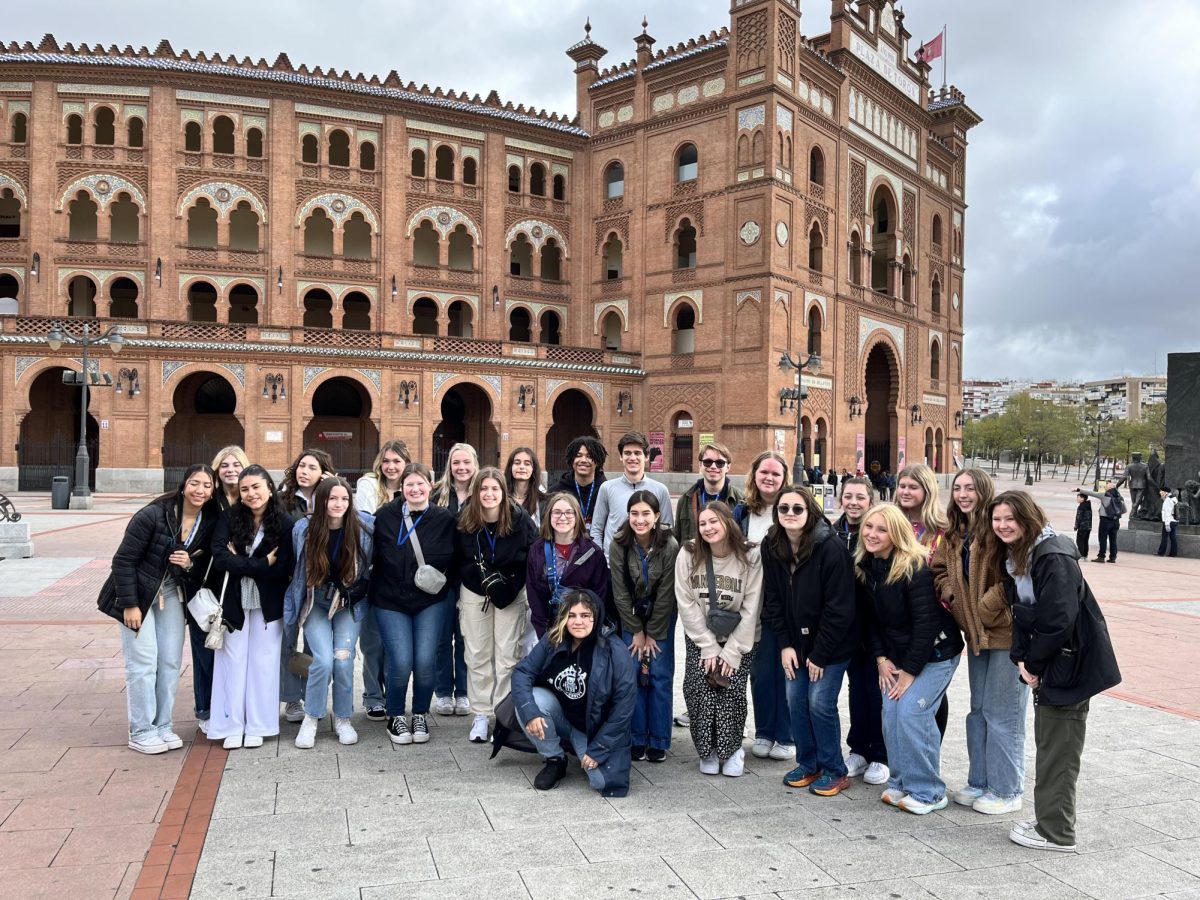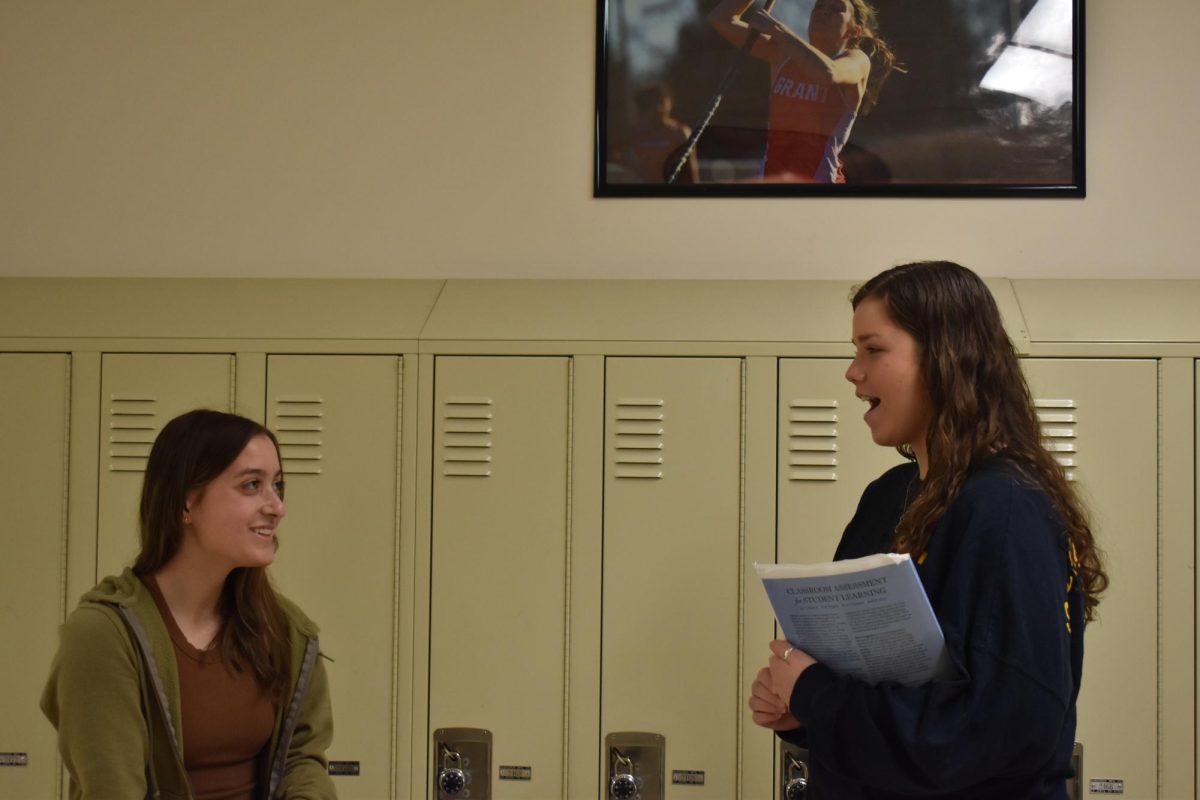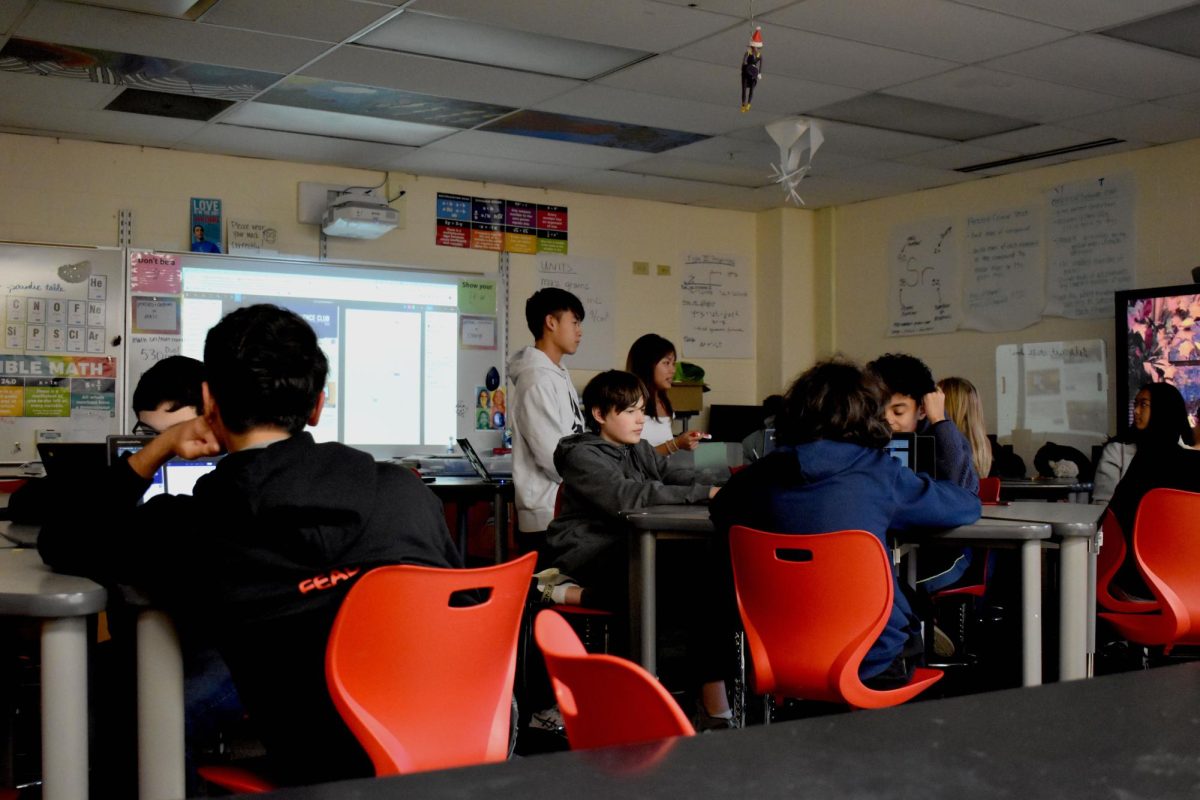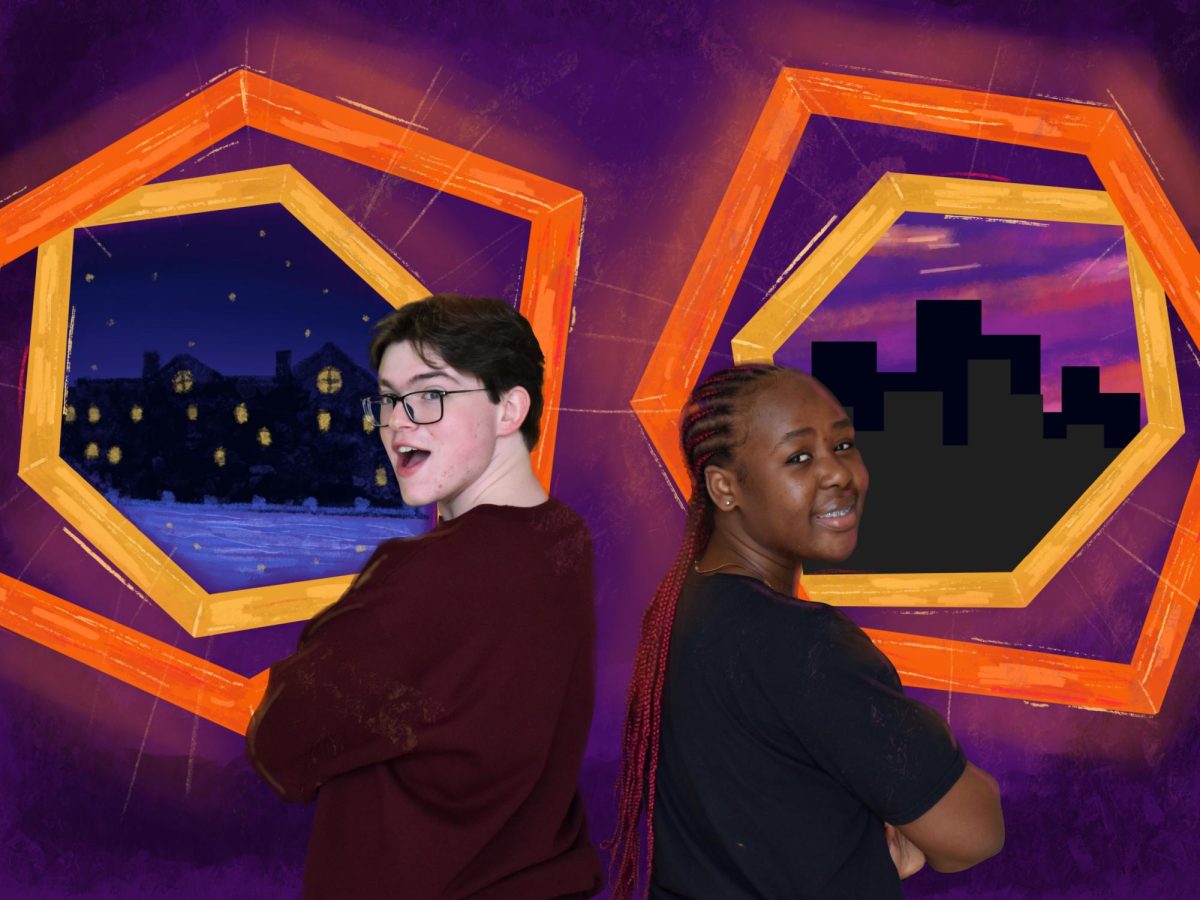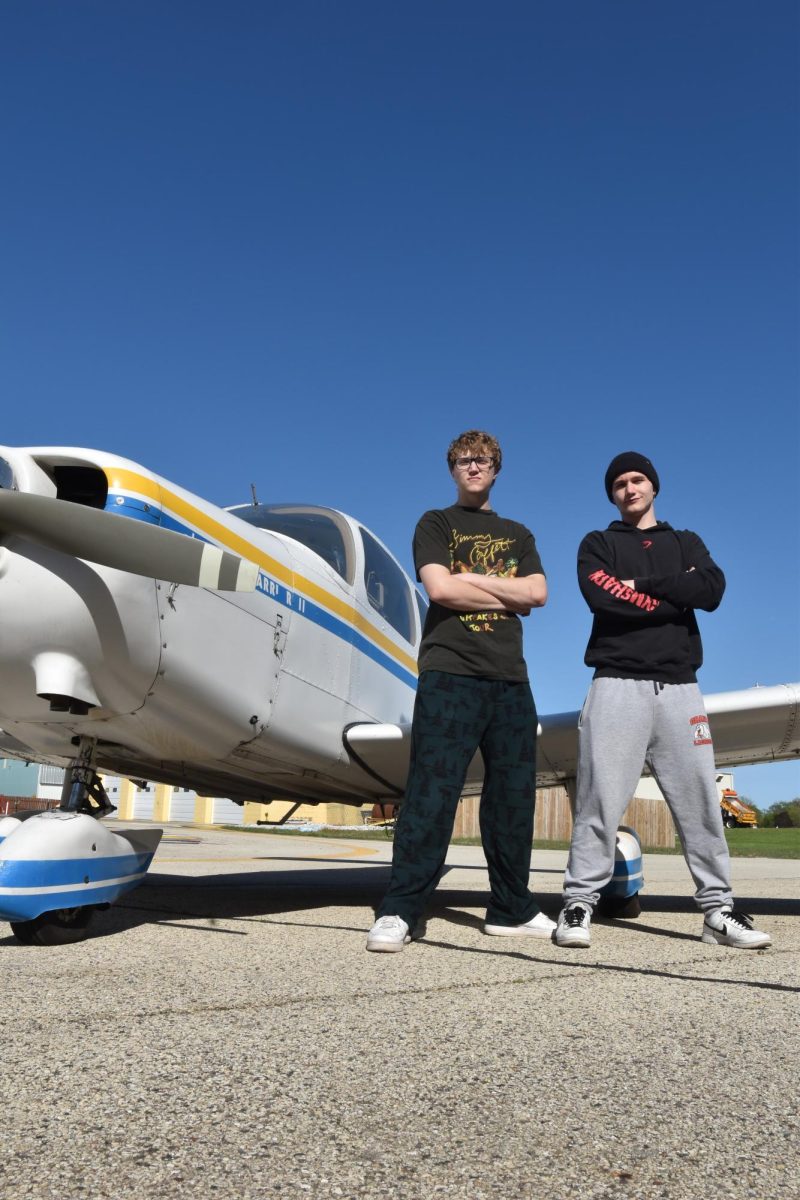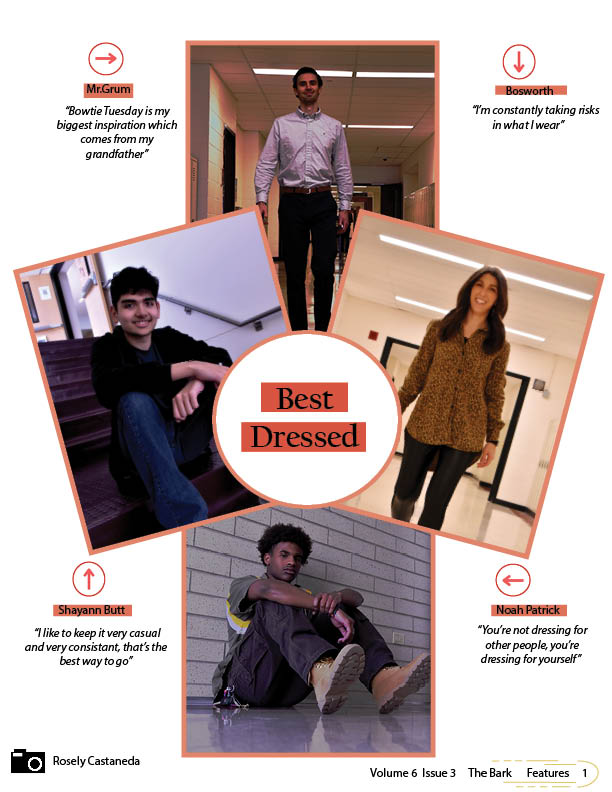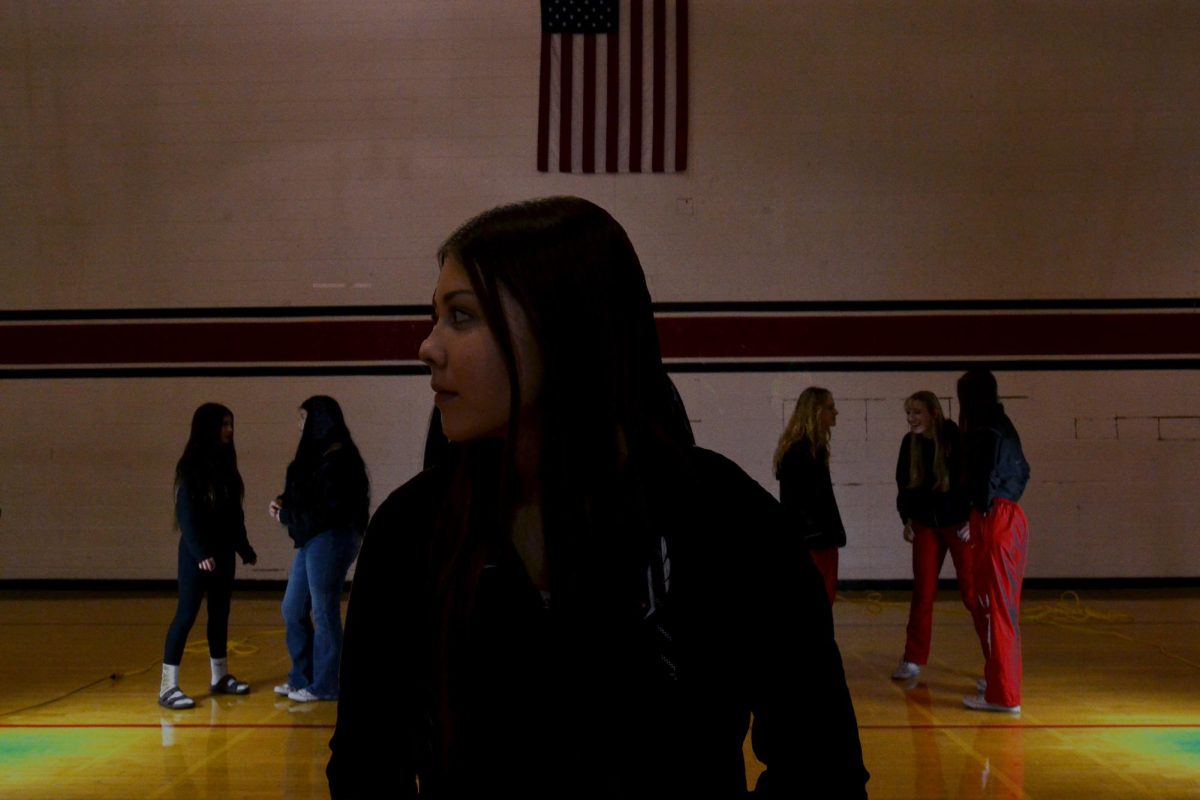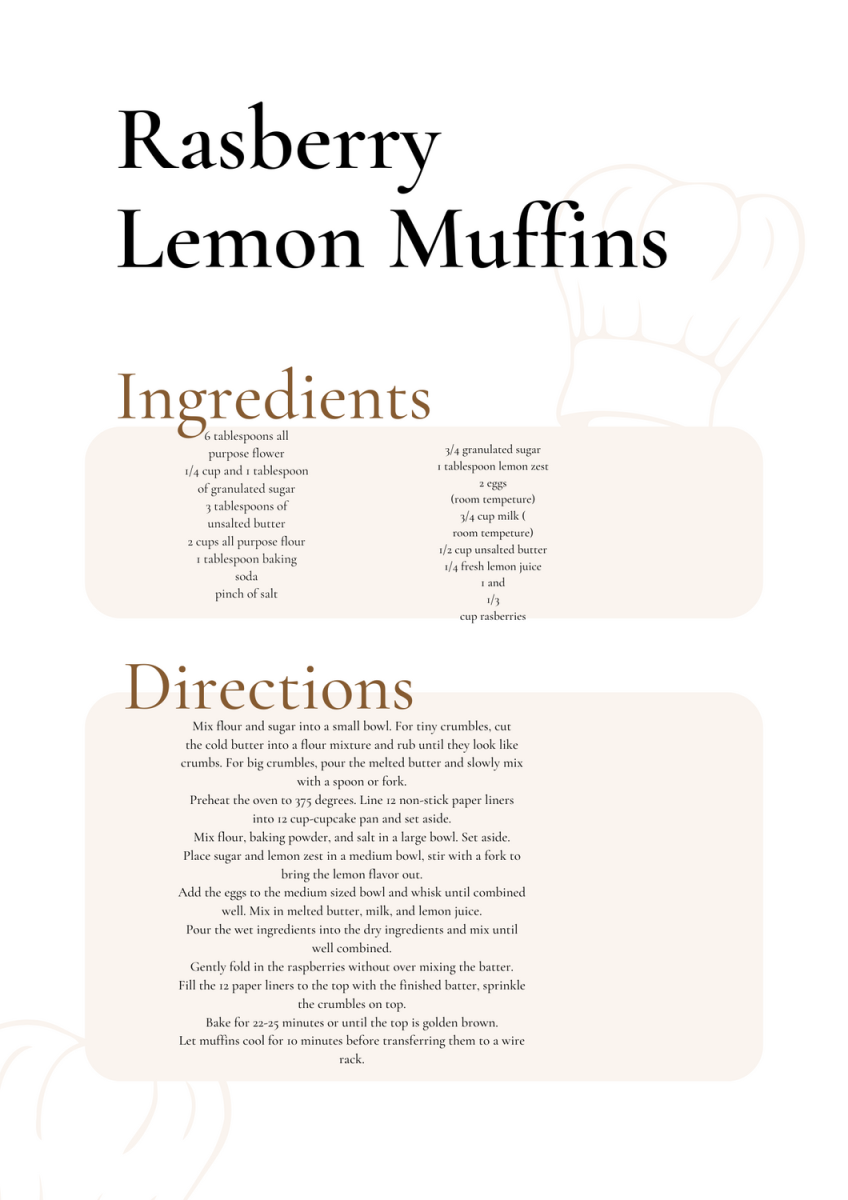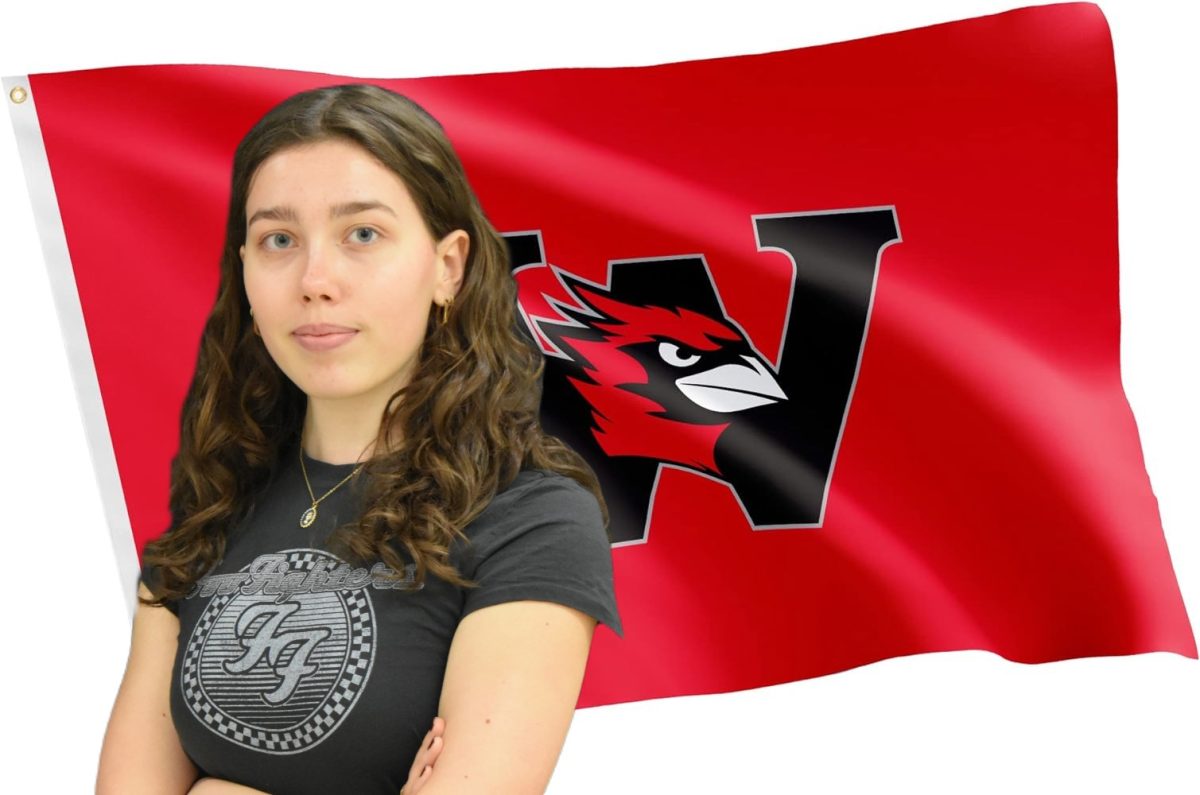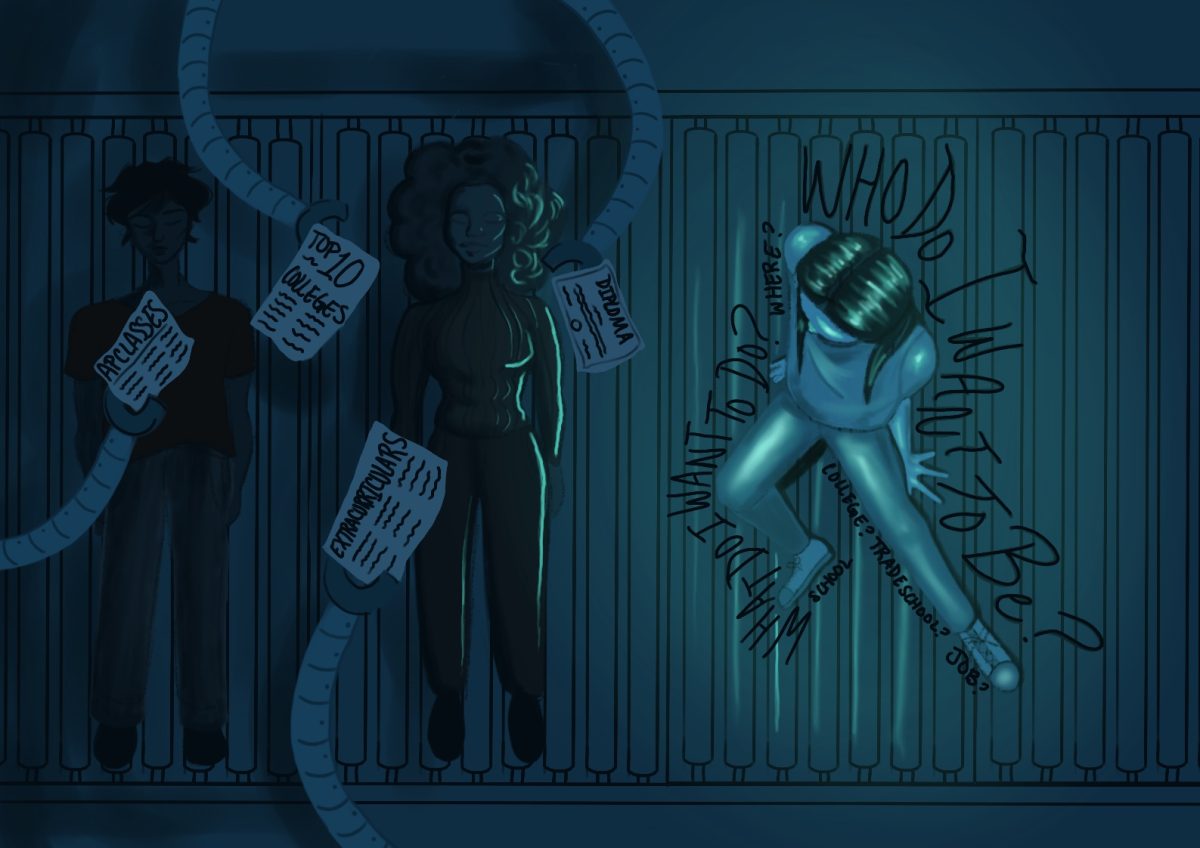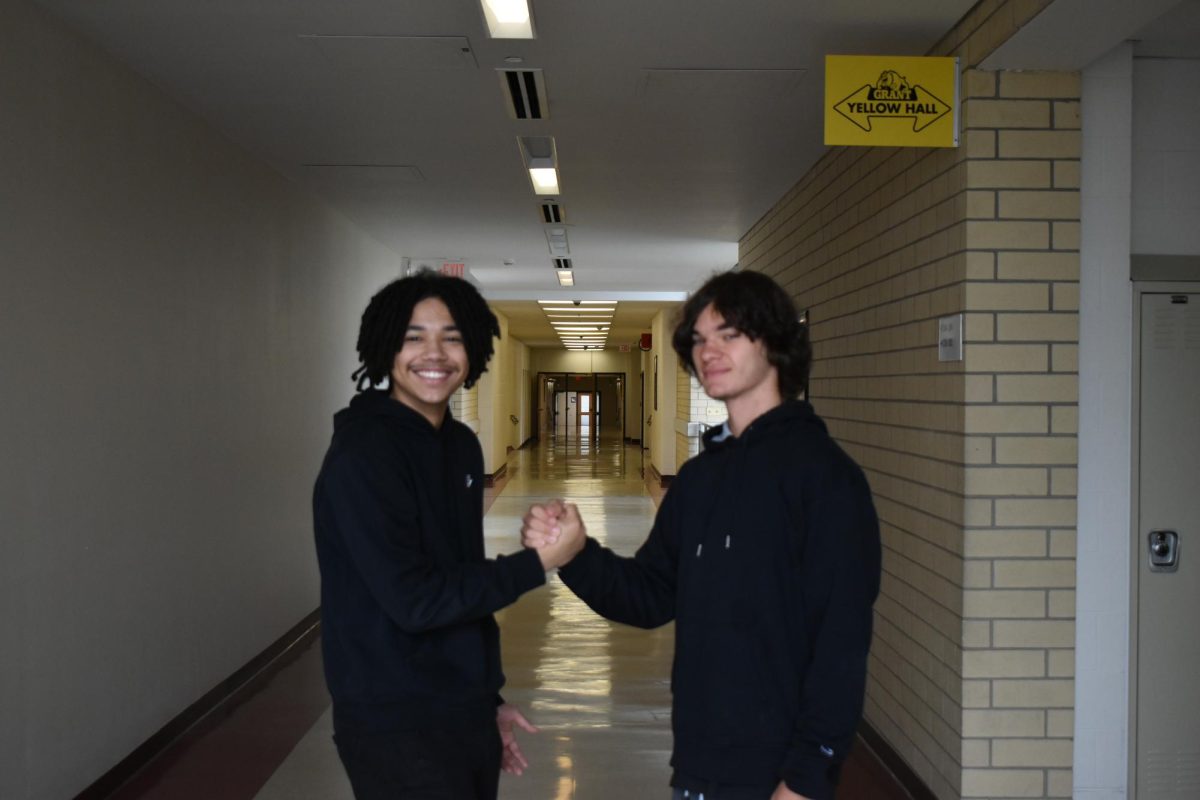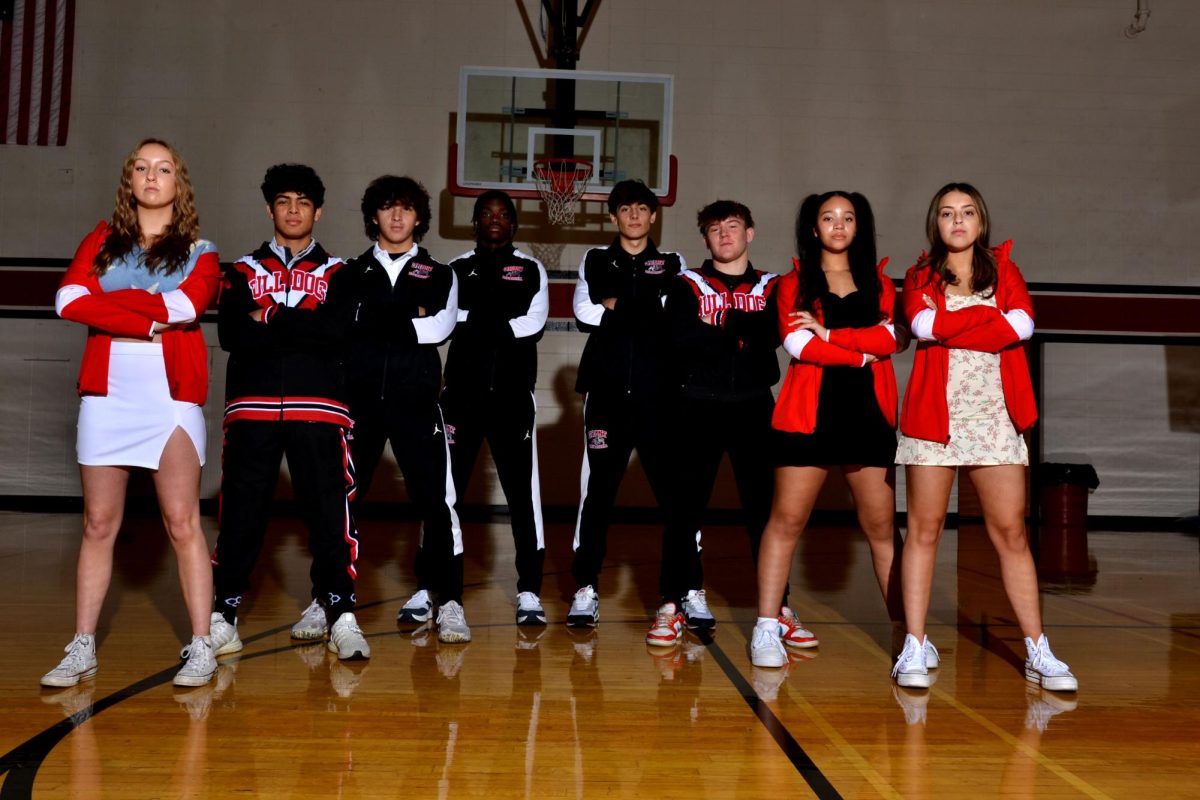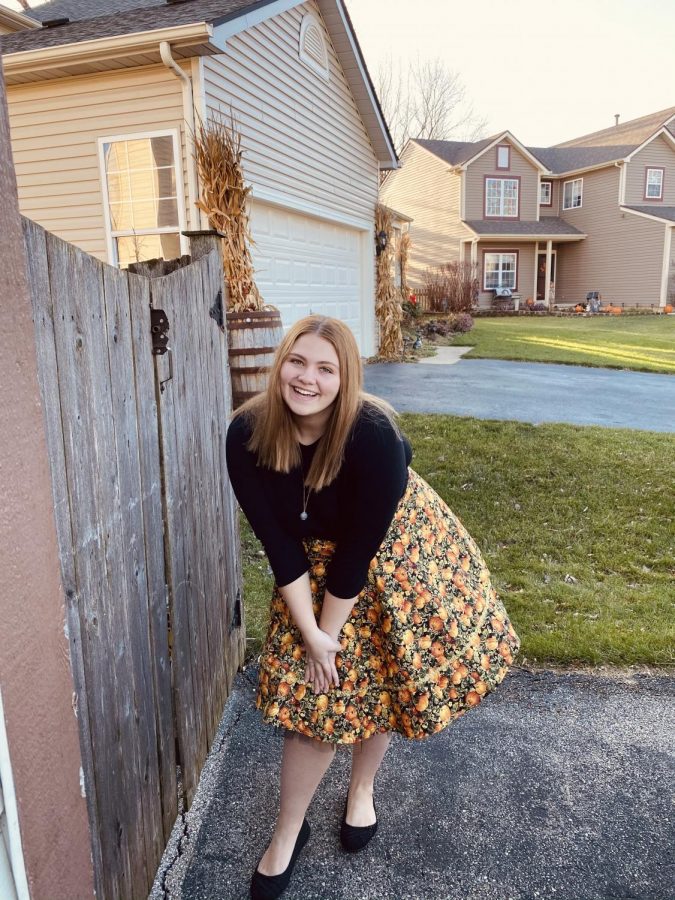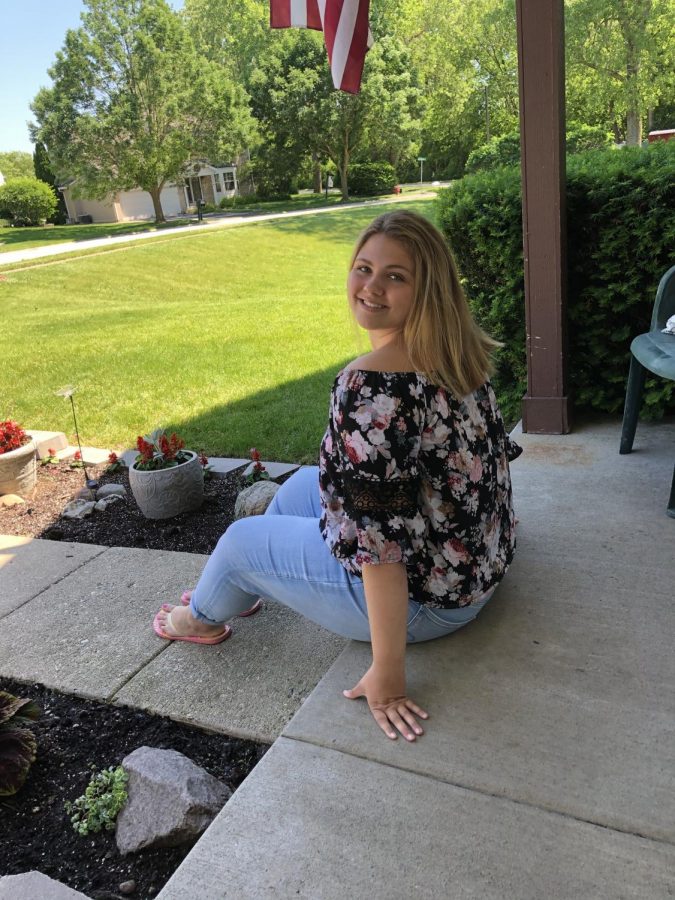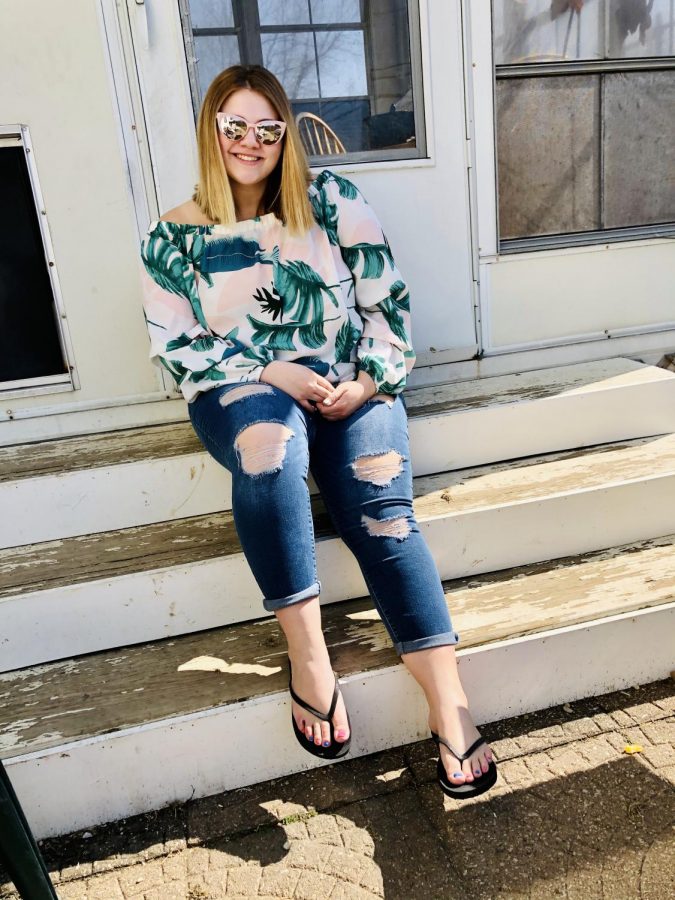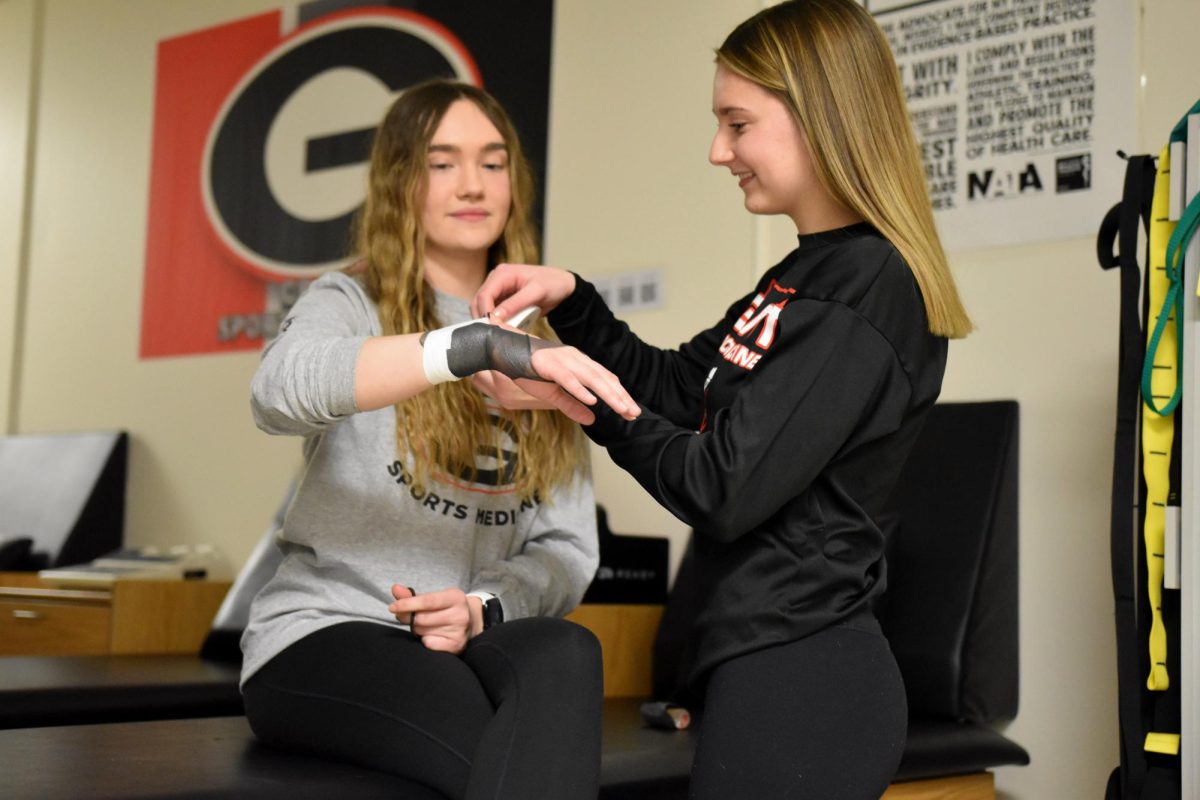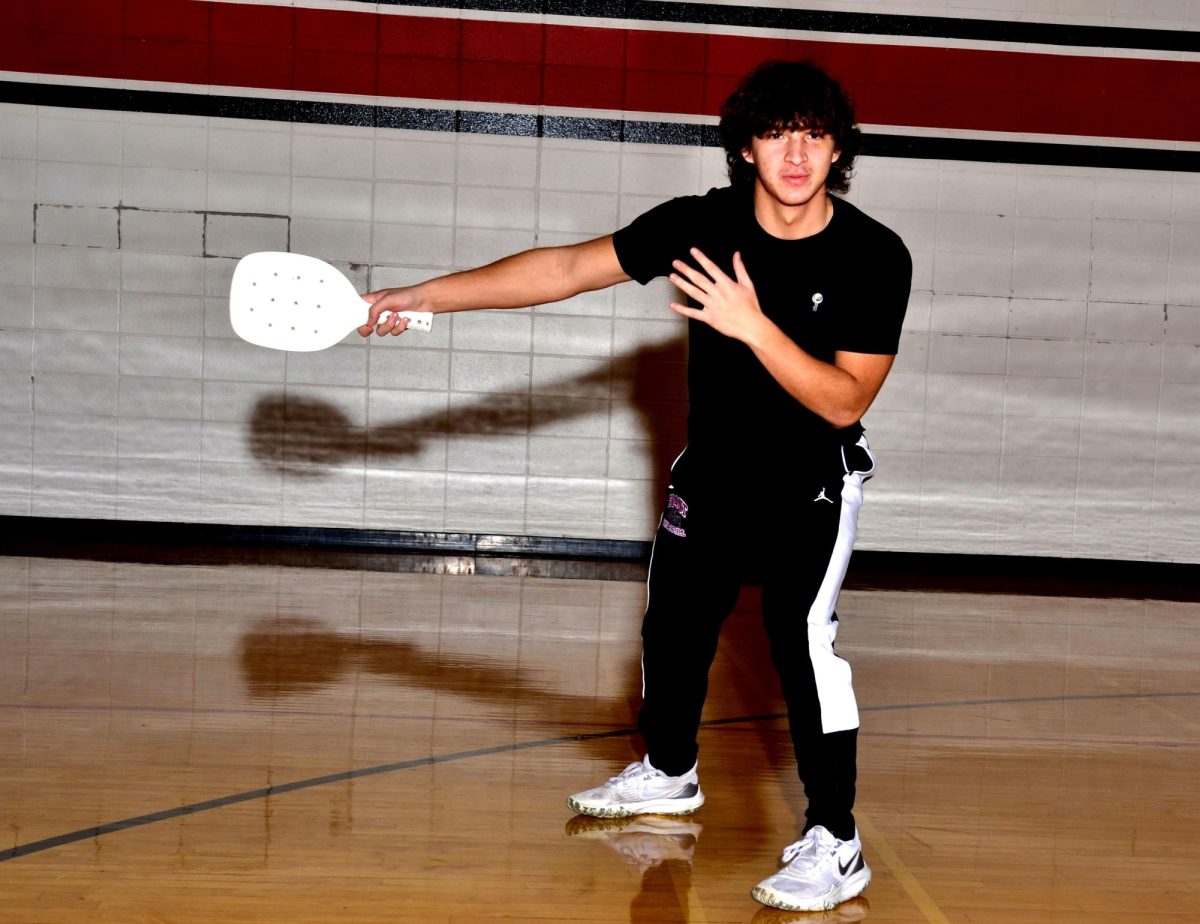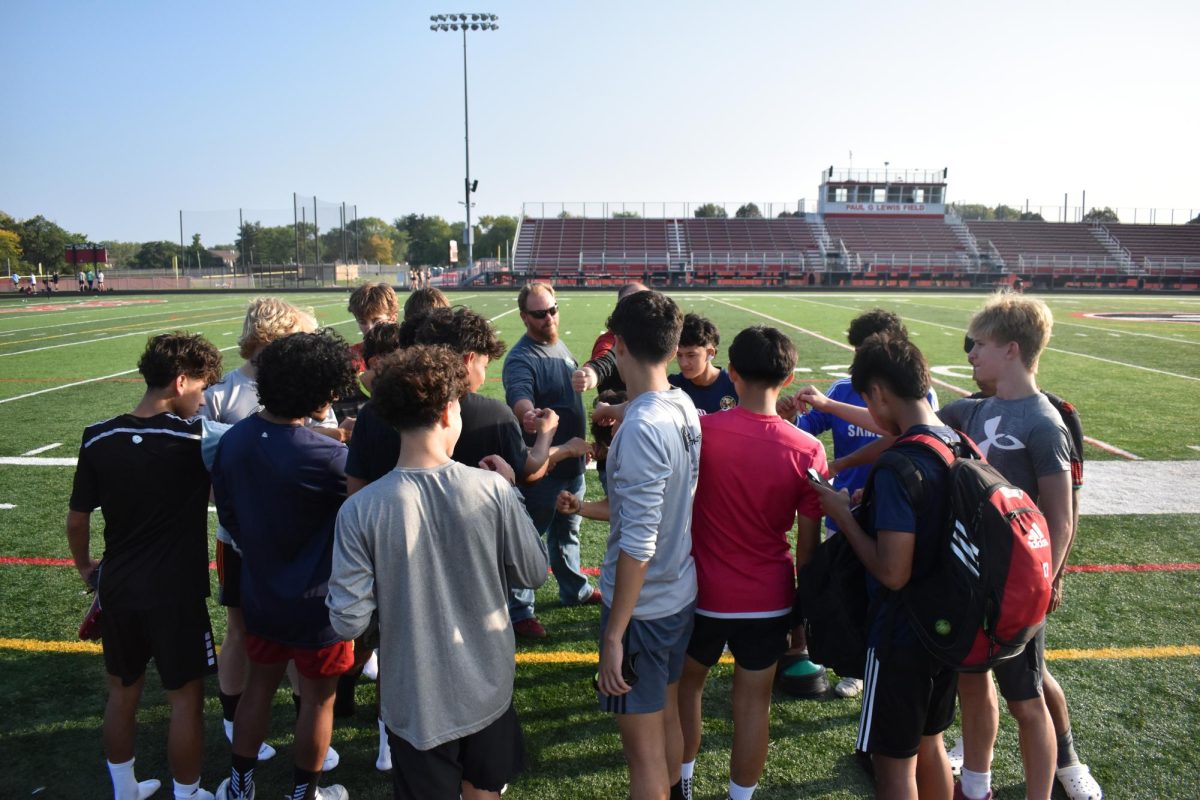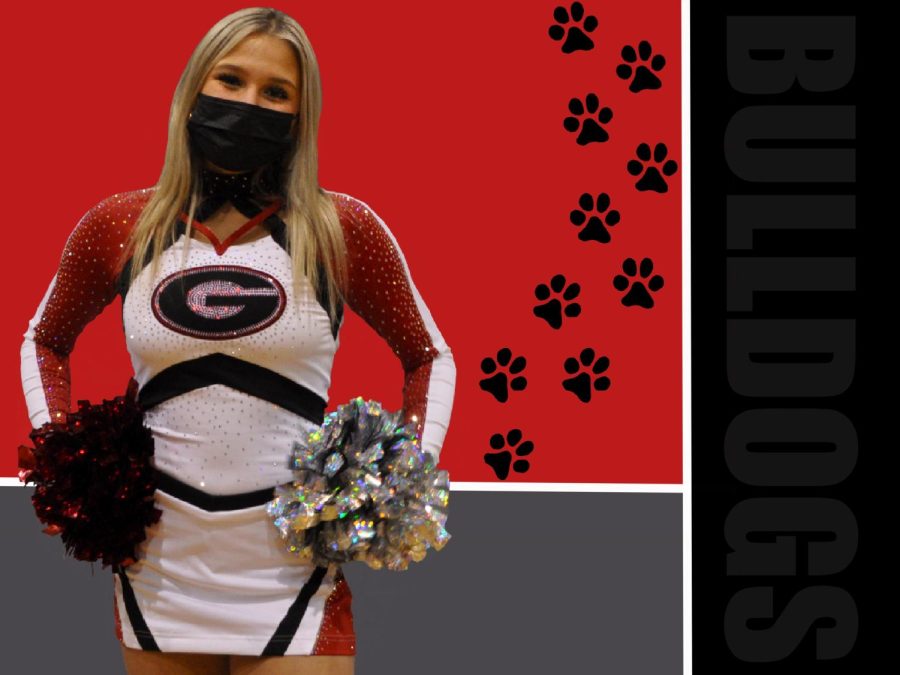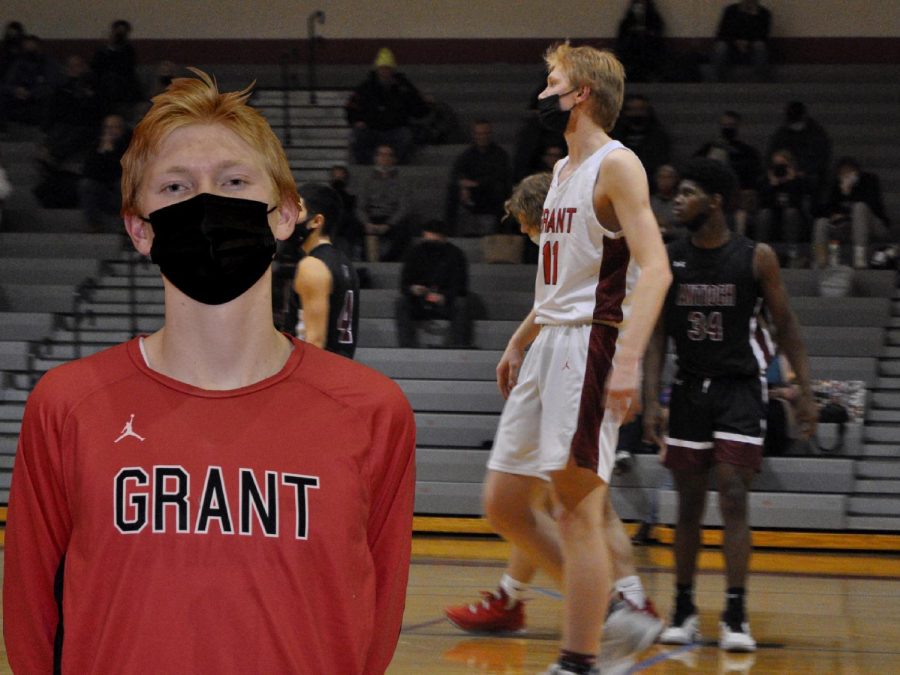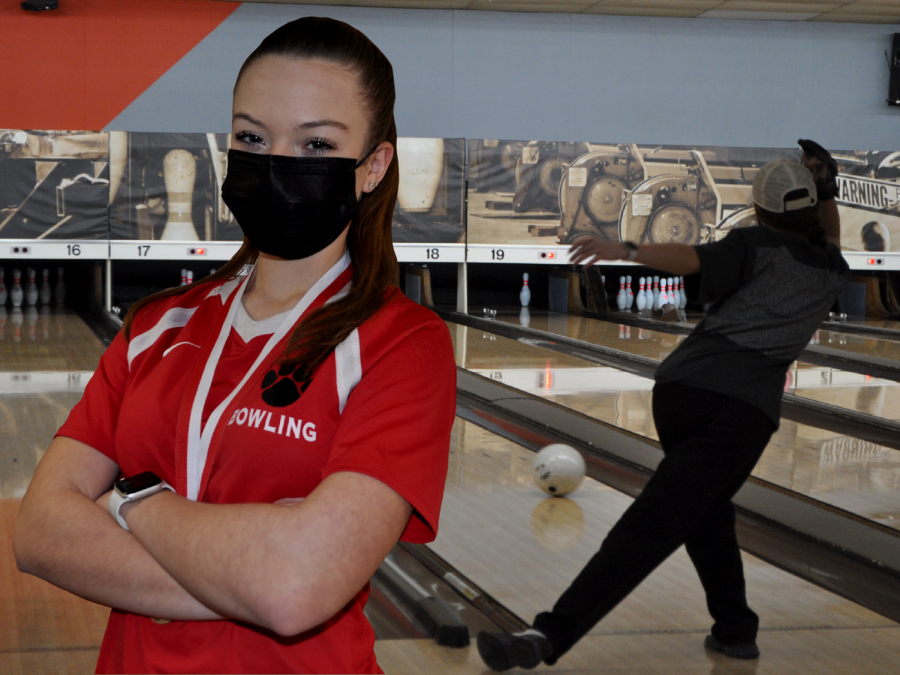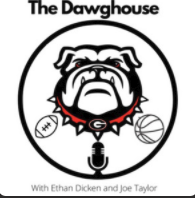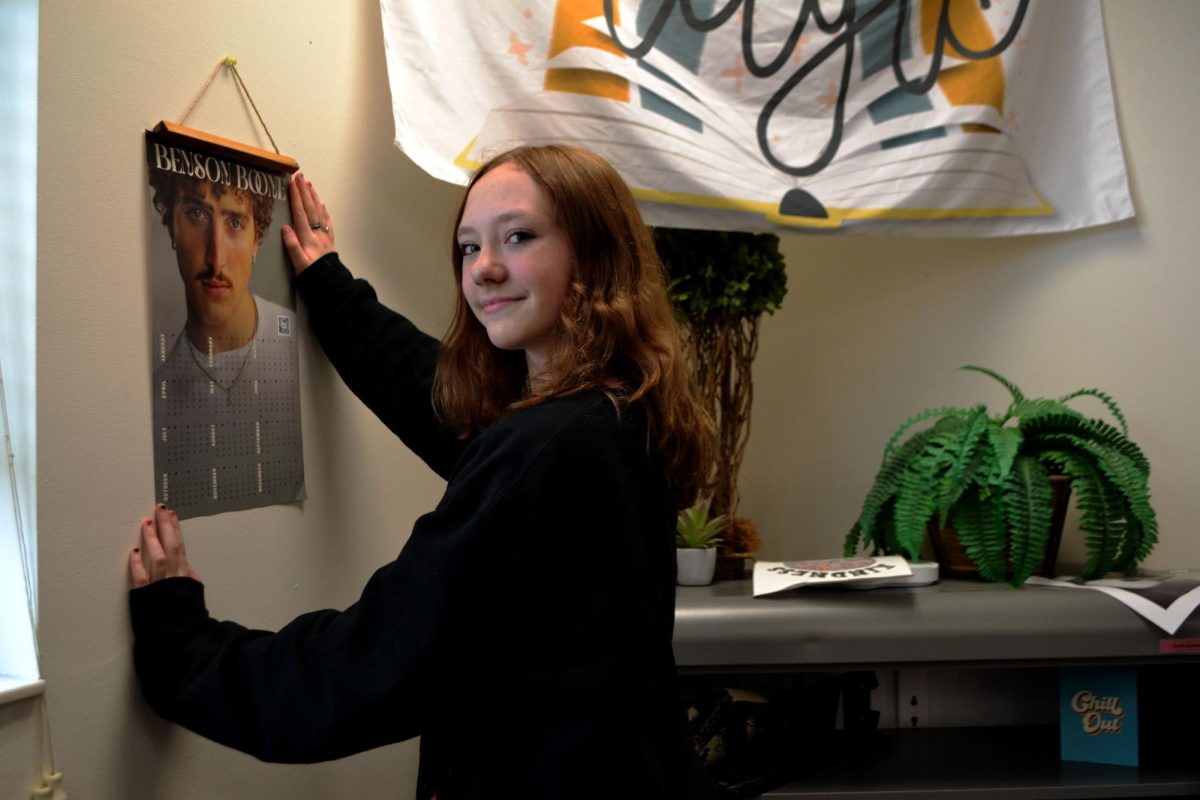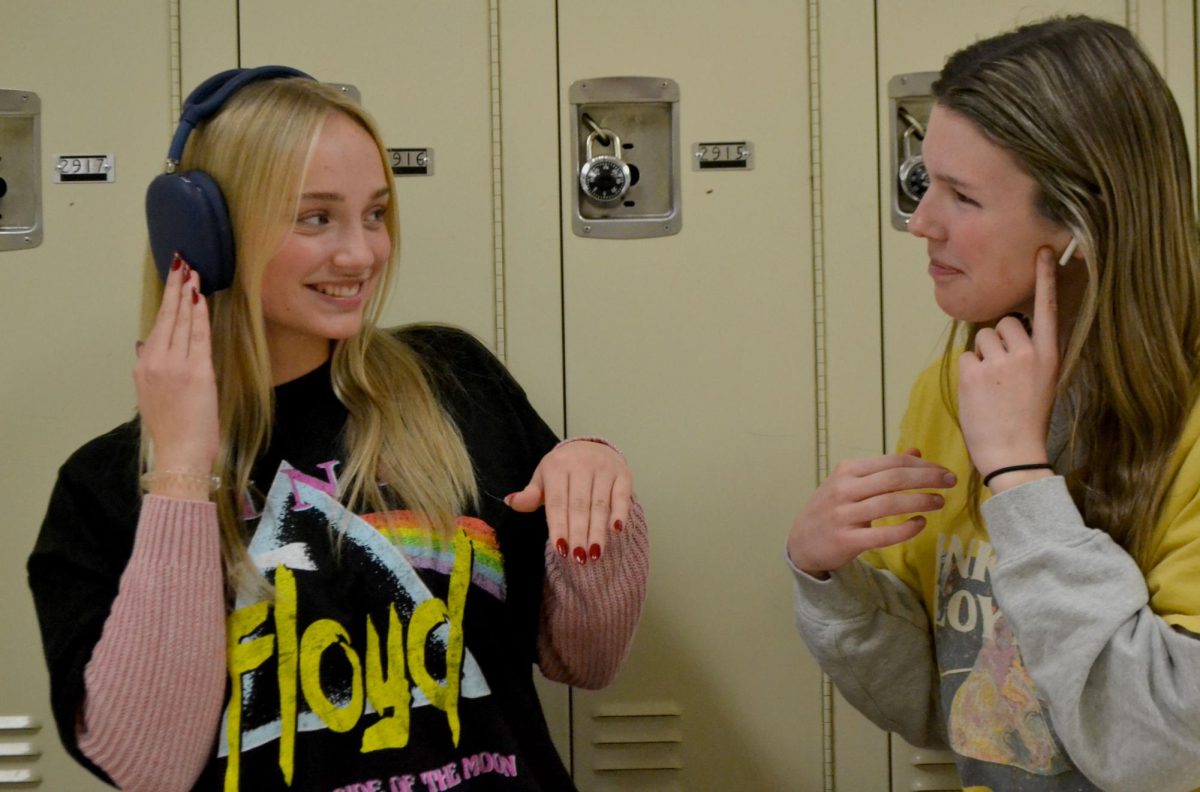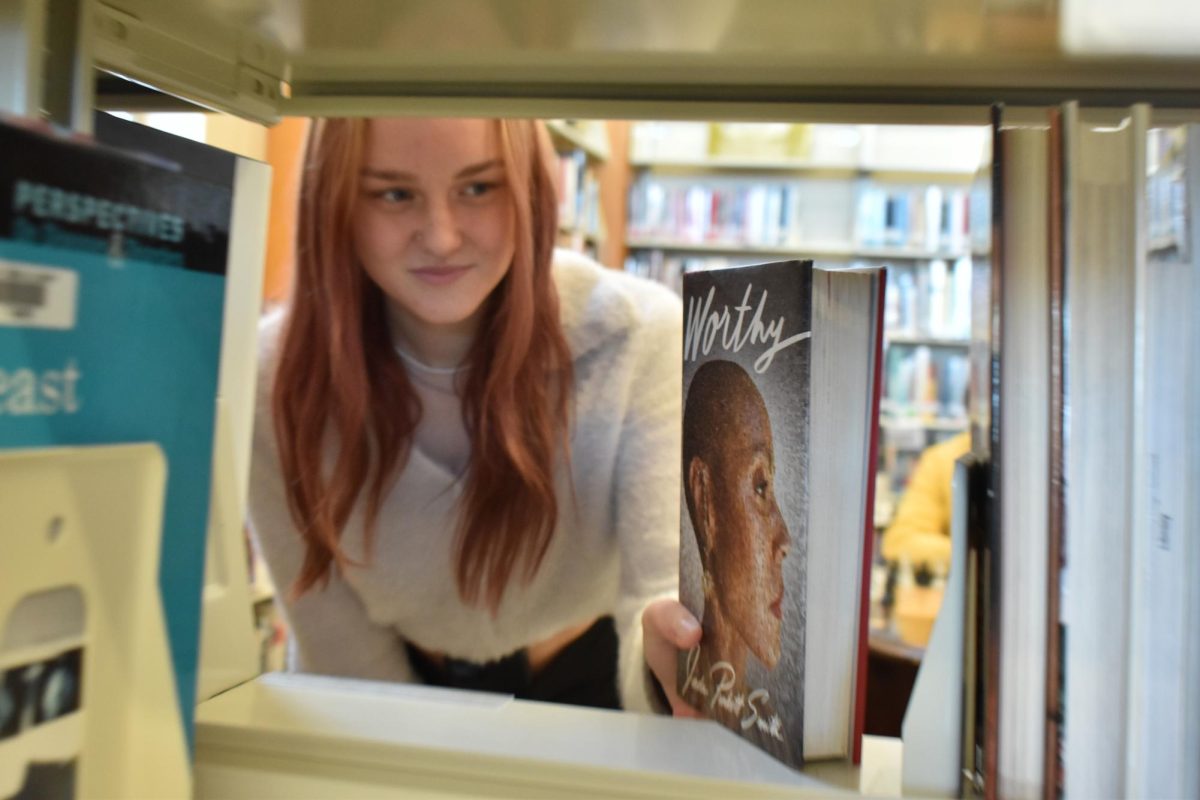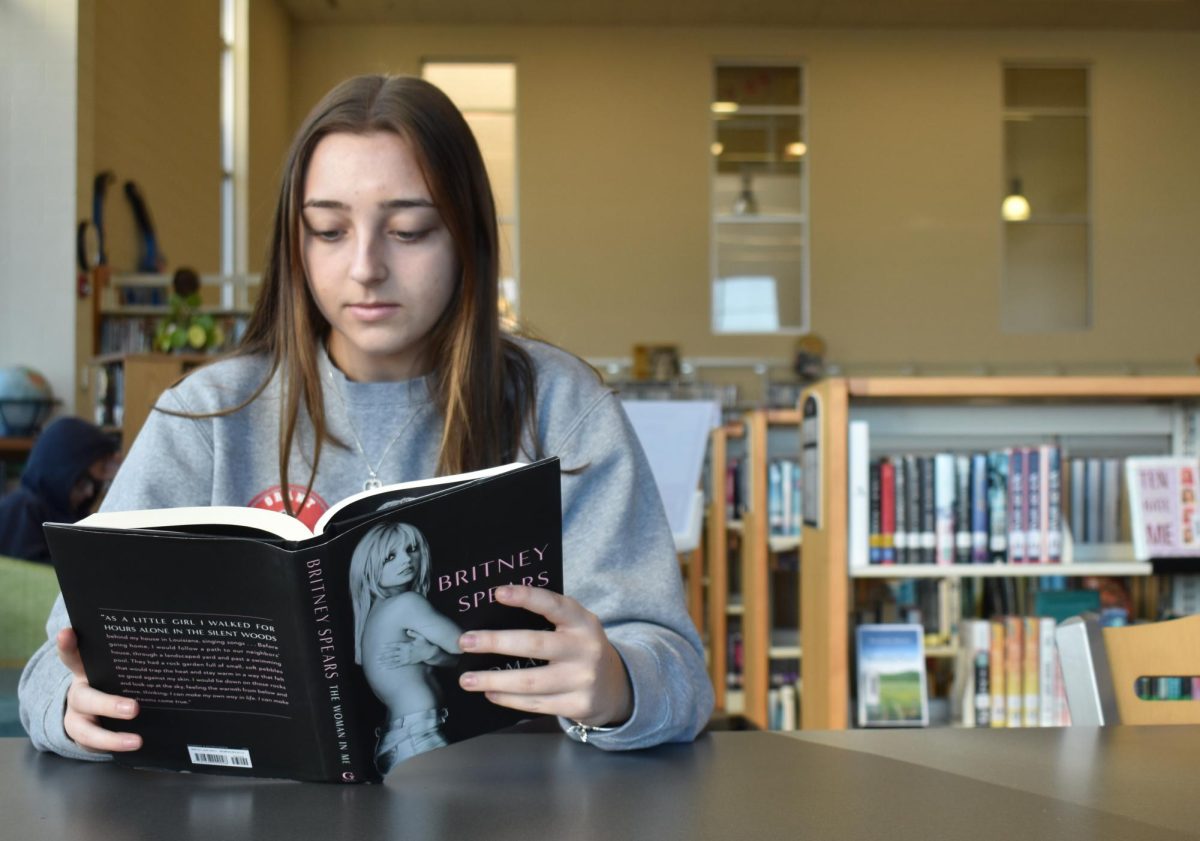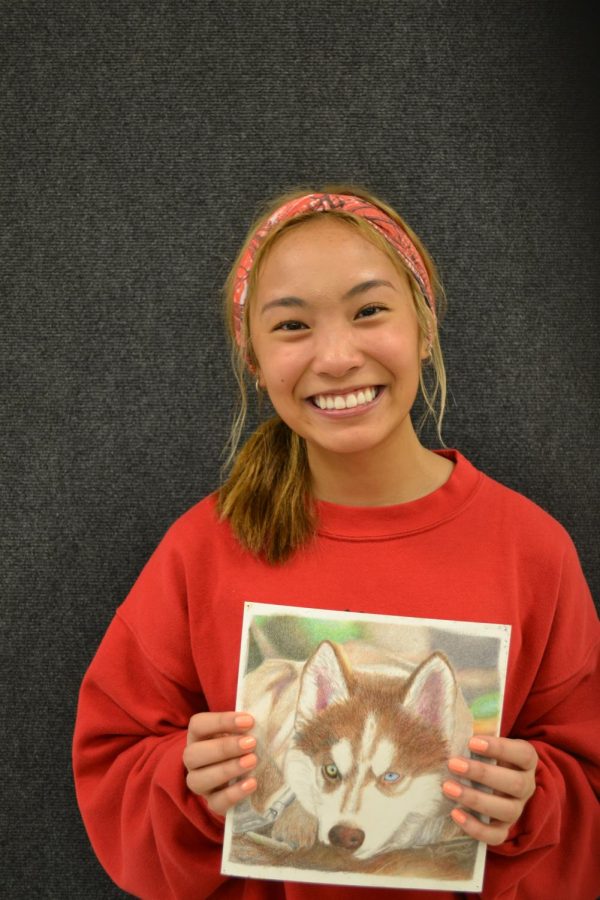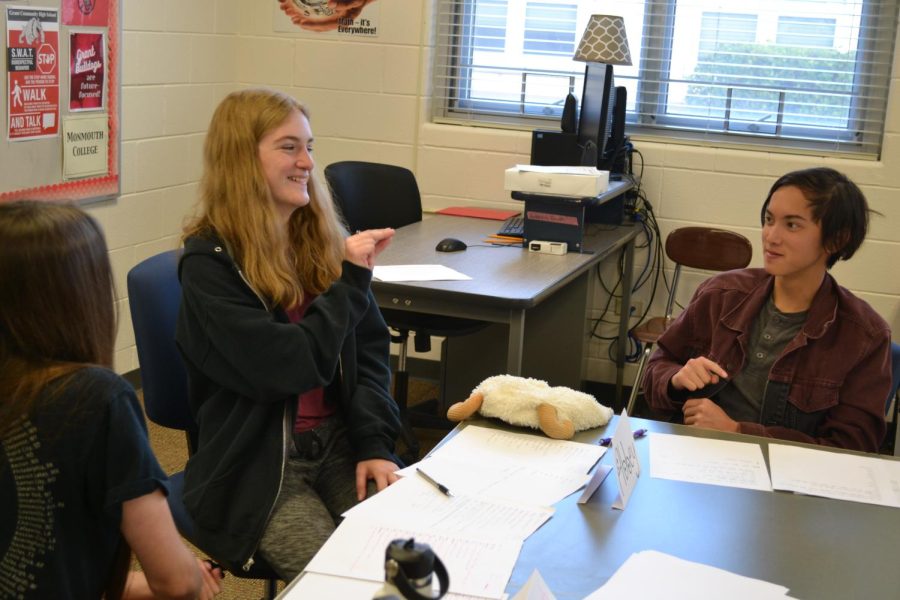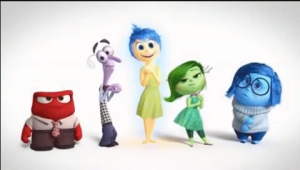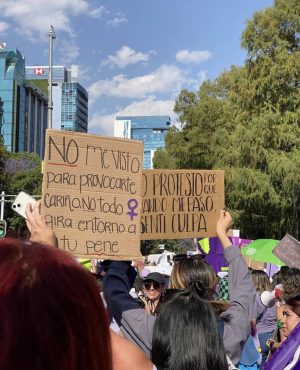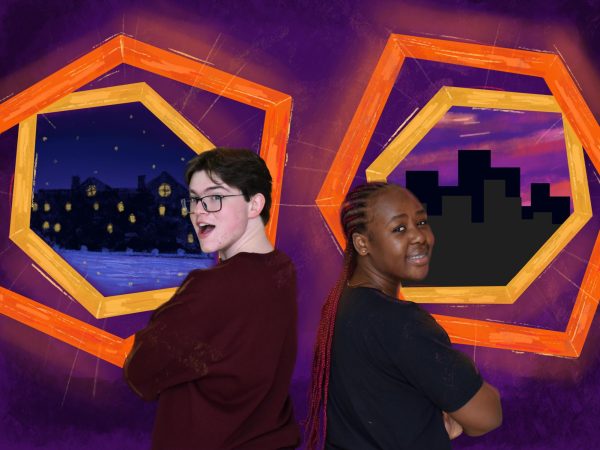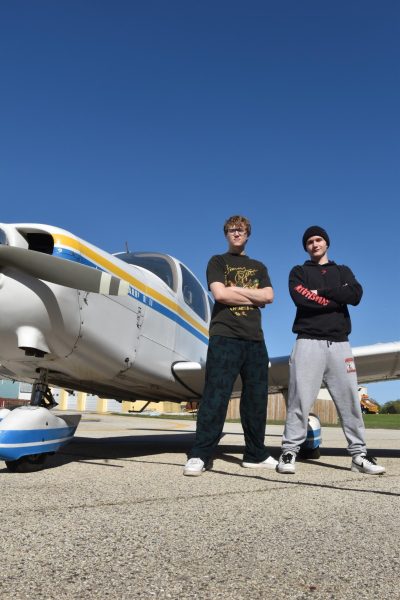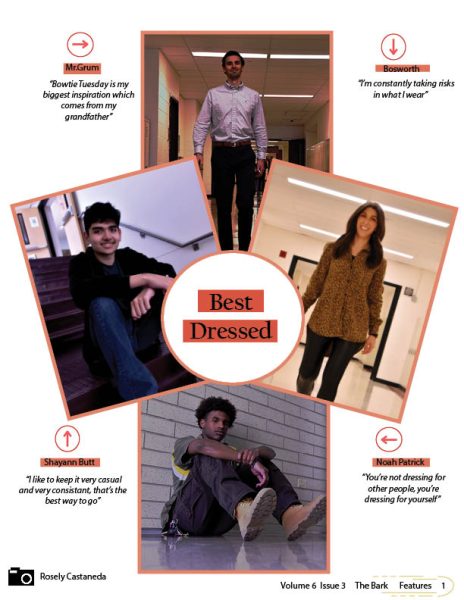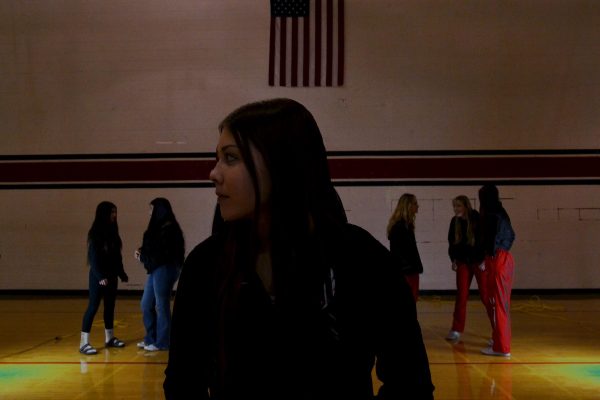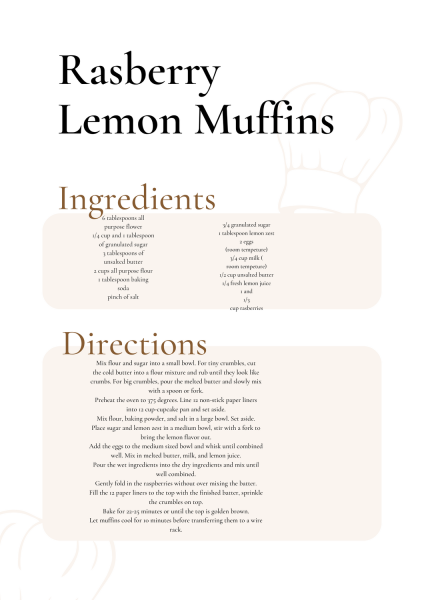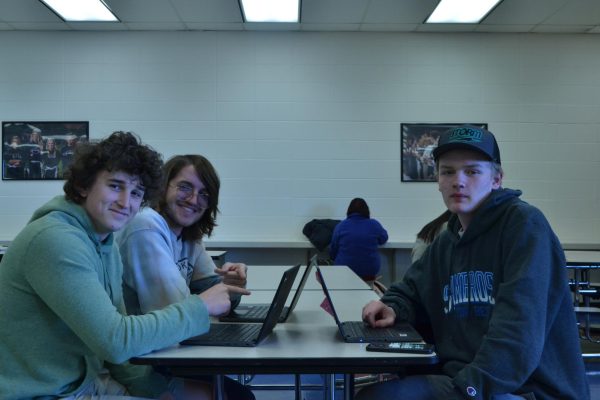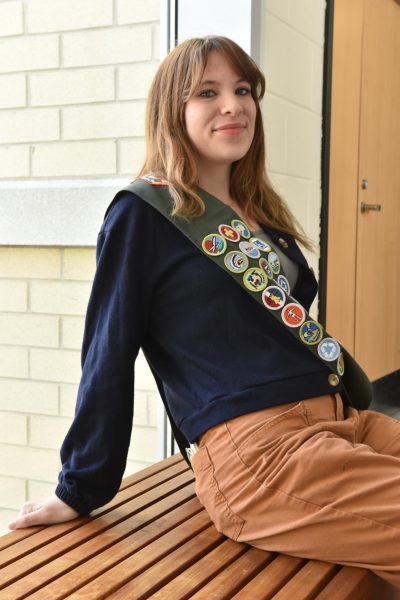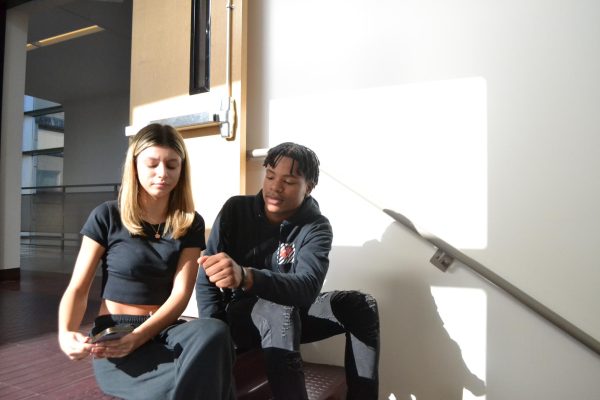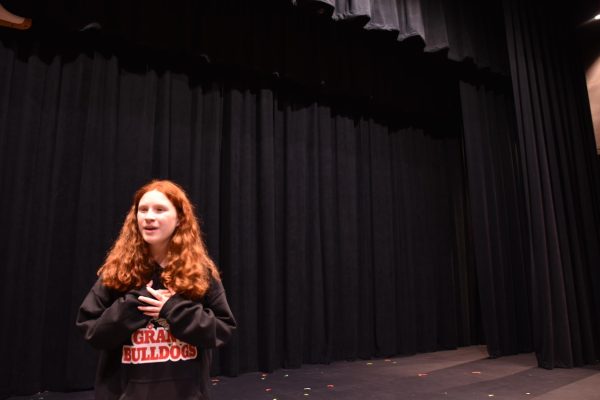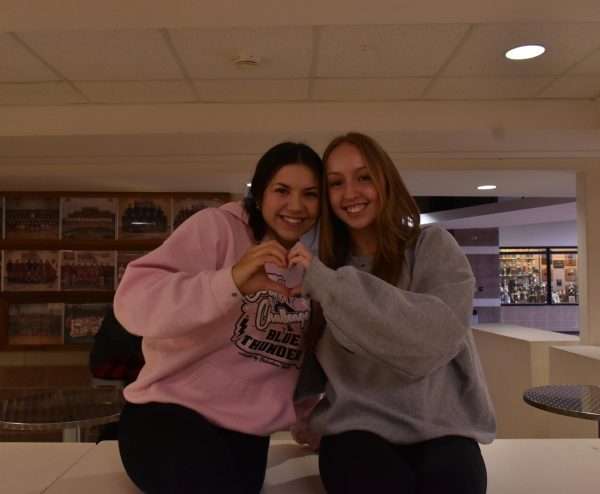ASL Club
What it’s all about!
Abigail Johnson and Reeko Khi practicing sign language.
January 1, 2023
ASL is a vital part of communication for both the hearing and speech impaired, however, the majority of people nowadays don’t know how to sign. That is why one of our interpreters here at Grant decided to start a club of her own to teach students sign language every other Friday.
One might see an interpreter in school signing for a hearing or speech-impaired student, though, that wasn’t always the case. The first school for the deaf was created in 1817 in Hartford, Connecticut and the first university for the deaf was established in 1864. Yet, sign language interpreters weren’t permitted in school until the early 1970s. This was because from 1900 through to the 1960s, the deaf community was not accepted as they are today. They were denied the basic rights that hearing people are given just for being able to hear. They weren’t allowed these rights because they were thought to be too incompetent to handle them. They only really obtained their rights when the Rehabilitation Act of 1973 was passed and signed in 1976 which allowed all of the disabled community, including the hearing-impaired, the right to federal funding. Which is when they started allowing sign language interpreters in schools. Yet only 40 states have recognized ASL in their schools, and it varies from state to state.
The sign language interpreter at Grant, Alana Stephens, is a huge advocate for the community and their rights and recognition. She started the ASL club not only to teach sign language to students but to educate them about the Deaf community as well. “I think that there are so many deaf and hard of hearing people in the world,” Mrs. Stephens says. “[It’s] a great asset to [know] another language. She tries to tie in its history with her lessons during each meeting.
A total of 52 freshmen were asked if they knew what ASL stood for. 75% of those 52 said they did yet the other 25% had no idea what it even meant. That is 13 out of 52 freshmen here at Grant not knowing what ASL was, one of the remaining 39 who did, however, was David Ascencio. David is a highly motivated student and an outstanding bulldog. David has always wanted to learn how to sign however he wasn’t aware he had the opportunity to be here at Grant. “I feel like they will be able to feel more comfortable in social situations,” David expressed. “I feel like a lot of people should learn ASL just on the basics because they’ll feel [accepted] in most situations.”

